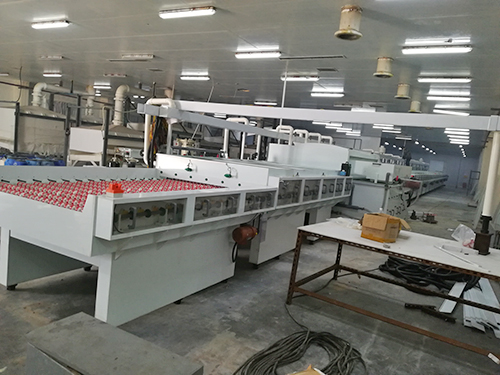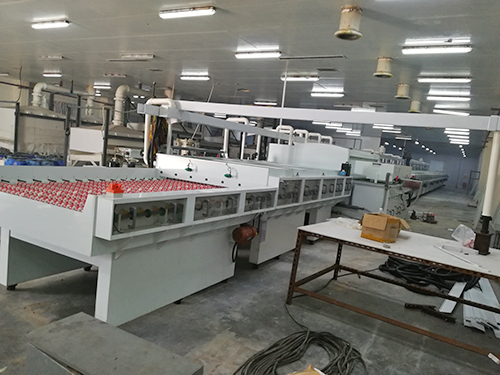How to judge whether the AG glass equipment is of high quality?
AG glass equipment refers to the glass that can change the direction of light transmission and can change the relative spectral dispersion of ultraviolet, visible or infrared light. In a narrow sense, AG glass equipment refers to colorless AG glass equipment; AG glass equipment can be used to make lenses, prisms, mirrors and windows in optical instruments. The difference between AG glass equipment and other glasses is that as a component of the optical system, it must meet the requirements of optical imaging. Therefore, the determination of the quality of AG glass equipment also contains some special and stricter indicators.
First, the specific optical constants and the consistency of the optical constants of the same batch of glass
Each type of AG glass equipment has a regular and standardized refractive index value for light of different wavelengths, which serves as the basis for optical planners to plan optical systems. Therefore, the optical constants of the AG glass equipment produced by the factory must be within the certain allowable error range of these values, otherwise the actual imaging quality will not match the expected results during planning and affect the quality of the optical instruments.
Second, a high degree of transparency
The image brightness of the optical system is proportional to the transparency of the glass. The transparency of AG glass equipment to light of a certain wavelength is expressed by the light absorption coefficient Kλ. After the light passes through a series of prisms and lenses, some of its energy is lost by the interface reflection of the optical parts and some of its energy is absorbed by the medium (glass) itself. Therefore, for an optical system containing multiple thin lenses, the primary way to increase the transmittance is to reduce the reflection loss of the lens surface, such as coating the surface with an anti-reflection coating.




















